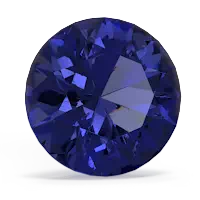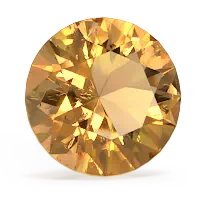

The gemstone is the star in these elegant Lab Sapphire solitaire pendants. Sapphire is the birthstone of September, and one of the most popular gemstones on the jewelry scene today. The deep blue color of a sapphire ring is just right for an evening out. November's birthstone, citrine sparkles like honey. Carry the warmth and glow of a golden sunset with you by wearing a beautiful citrine ring.